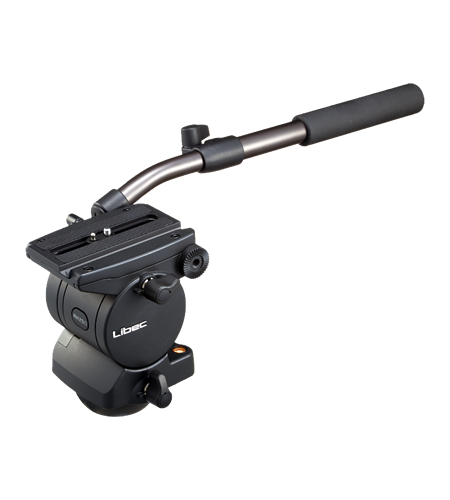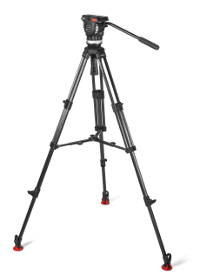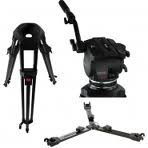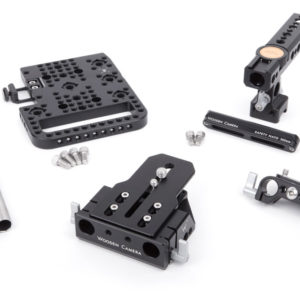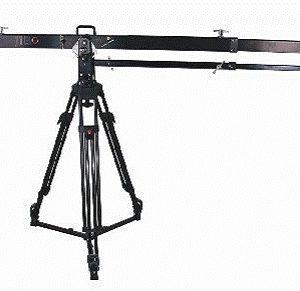Call for price
Video Head
Dual Head
Dual-head specification available for both 75mm ball diameter and flat base tripods. Mountable on sliders, skater dollies, and other equipment.
Counterbalance
Importance of counterbalance
When looking for a suitable tripod head for your camera, one of the most important aspects to consider is counterbalancing capability. The counterbalancing function provides a counterforce to keep the balance between the tripod head and the camera that is mounted on it. If the right counterbalance is maintained, the camera remains stationary at any angle of tilt. You do not need to worry about holding the camera by hand and yet are able to maintain precise control of the camera.
The definitive way to find the most accurate counterbalance between camera/accessories and a tripod head is to actually mount the camera on the head. However, you can use this counterbalance chart to get a rough idea of the correct counterbalance. The vertical axis of the chart depicts the height of the gravitational center and the horizontal axis is load weight (total weight of the camera and accessories). Based on the combination of these two elements, you can find a suitable tripod head for your camera. The area between the two curved lines represents the range of counterbalance that you can set with the counterbalance adjustment knob. When a standard lens, microphone and battery are used, the normal height of the gravitational center is approximately 125mm/4.9′ (for a shoulder type camera) and 75mm/3.0′ (hand-held). The height of the gravitational center will not shift much even when a different lens or a different battery is used on the back of the camera. Please be aware that attaching a light or a monitor on top of the camera will shift the center of gravity.

